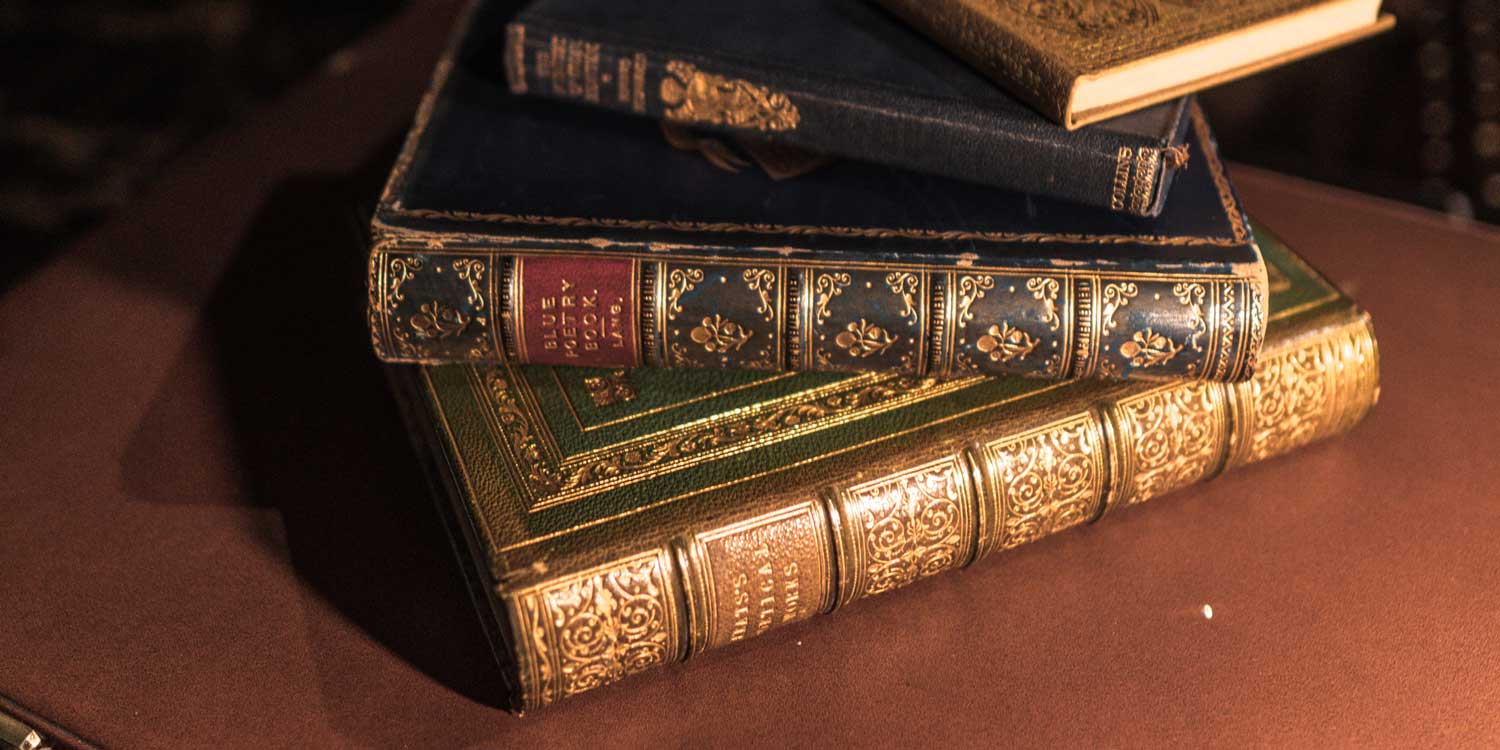Overview
There are various grades of superalloys. Up to hundreds of alloy grades may make you feel confused. In this article, we will classify superalloys from three aspects. From then on, you will have a clearer understanding of superalloys.

Classified by Trademark
MONEL
MONEL are nickel-copper alloys, and their main components are nickel and copper.
Due to the good stability of copper, the corrosion resistance of these alloys at room temperature and low temperature is very good.
But at high temperature, copper will be oxidized, and the corrosion resistance of MONEL alloys will be greatly reduced.
Therefore, MONEL alloys are often used in marine applications and electronic applications at room temperature.
MONEL alloy grades usually start with 4 and 5.
INCONEL
INCONEL are nickel-chromium (-iron) alloys, and its main components are nickel and chromium.
The nickel content guarantees the austenitic structure of the alloys at high temperatures. Chromium ensures the corrosion resistance of the alloys at high temperatures.
Therefore, INCONEL is suitable for applications at high temperatures.
INCONEL alloy grades usually start with 6 and 7.
INCOLOY
INCOLOY are nickel-iron-chromium alloys, and its main components are nickel, iron and chromium.
Like INCONEL alloys, INCOLOY alloys were developed for high temperature applications.
But INCOLOY added more iron elements on the basis of INCONEL. The purpose is to reduce the cost of the alloys.
Therefore, the high temperature corrosion resistance of INCOLOY is generally not as good as that of INCONEL alloys.
INCOLOY alloy grades usually start with 8 and 9.
HASTELLOY
HASTELLOY alloy are nickel-chromium-molybdenum alloys, and its main components are nickel, chromium and molybdenum.
On the one hand, the addition of molybdenum can improve the reduction resistance of the alloys. On the other hand, the strength of the alloys can be increased to a certain extent by adding molybdenum.
Tungsten is also added to most HASTELLOY alloys to increase the strength.
Therefore, compared with INCONEL alloys, HASTELLOY alloys has better comprehensive corrosion resistance (suitable for more complex working environments).
HASTELLOY alloy grades usually start with a letter.
Classified by Matrix
Iron-based Superalloy
Iron-based superalloys are alloys formed by adding elements such as nickel and chromium on the basis of iron.
It has better high temperature resistance and corrosion resistance than ordinary stainless steel. At the same time, it has a lower price than other superalloys.
Nickel-based Superalloy
Nickel-based superalloys are alloys formed by adding chromium, molybdenum, iron, copper, cobalt and other elements on the basis of nickel.
Among the superalloys, nickel-based superalloys are the most commonly used. Because it has a lower price than cobalt-based superalloys and better performance than iron-based superalloys.
Cobalt-based Superalloy
Cobalt-based superalloys are alloys formed by adding elements such as nickel and chromium based on cobalt.
Cobalt-based superalloys are more expensive and are generally not commonly used.
Classified by Strengthening Method
Solid Solution Strengthened Superalloy
Solid solution strengthened superalloy refers to a type of alloy that can only be strengthened by solid solution except for cold working.
Solid solution strengthening needs to be achieved by solution treatment. Dissolving more elements into the alloy matrix can increase the strength of the alloy.
For details on the principle of solid solution strengthening, please refer to this article.
Almost all HASTELLOY alloys are solid solution strengthened alloys. Among the MONEL, INCONEL, and INCOLOY alloys, the grades starting with an even number are basically solid solution strengthened alloys.
Precipitation Strengthened Superalloy
Precipitation strengthened alloy is an alloy that can be strengthened by precipitation of a second phase.
Precipitation strengthening needs to be achieved through aging treatment. The aluminum, titanium, niobium, and tantalum elements in the alloy are precipitated to form intermetallic compounds with nickel. This can greatly increase the strength of the alloy.
The strength of precipitation strengthened alloys is generally higher than that of solid solution strengthened alloys.
For details on the principle of precipitation strengthening, please refer to this article.
Among HASTELLOY alloys, only Hastelloy C-22HS is a precipitation strengthened alloy. In MONEL, INCONEL, INCOLOY alloys, the grades starting with odd numbers are basically precipitation strengthened alloys.
Dispersion Strengthened Superalloy
Dispersion strengthened alloys are alloys that are strengthened by adding dispersed particles.
The oxide added from the outside will form obstacles between the crystals, thereby increasing the strength of the alloy. The common dispersed particle is Y2O3.
Dispersion strengthened alloys have higher strength than precipitation strengthened alloys at high temperatures (above 1000°C).
You can refer to this article for details on the principle of dispersion enhancement.
Common dispersion-strengthened alloys are Inconel MA754, Inconel MA758, and Incoloy MA956.
Other Classifications
Low-expansion Superalloy
In some applications, alloys are required to have a low coefficient of thermal expansion. For this reason, low-expansion alloys have been developed.
A typical low-expansion alloy will add a certain amount of cobalt. Such as Inconel 783, Incoloy 903, Incoloy 907 and Incoloy 909.
In addition, Incoloy 908 is a newly developed low-expansion superalloy with low cobalt content.
Conclusion
Superalloys can be classified in 3 ways:
Classified by trademark:
MONEL
INCONEL
INCOLOY
HASTELLOY.
Classified by matrix:
Iron-based superalloy
Nickel-based superalloy
Cobalt-based superalloy.
Classified by strengthening method:
Solid solution strengthened superalloy
Precipitation strengthened superalloy
Dispersion strengthened superalloy.
AEETHER CO., LIMITED produce all the alloys above in strict accordance with the standards. If you have corresponding needs, please don't hesitate to contact us:


